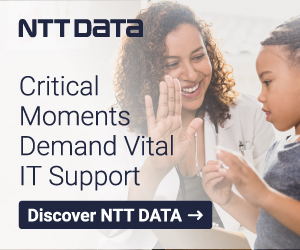“Why GAO Did This Study
EO 13771 generally requires executive agencies to identify two rules for repeal for each new rule issued. Since EO 13771 went into effect in 2017, executive agencies have taken regulatory actions expected to generate over $50 billion in savings to society. Quality regulatory analysis provides agency decision makers and the public with a thorough assessment of the benefits and costs of different regulatory options.
GAO was asked to review regulatory analyses for rules finalized under EO 13771. For selected agencies, this report examines (1) how the calculated economic effects of selected rules differed, if at all, from those of rules they modified; and (2) the extent to which agencies met best practices in analyzing the economic effects of selected rules for which monetized costs exceed monetized benefits.
GAO reviewed analyses for 11 rules—and the rules they modified— finalized by EPA and HHS, the two agencies that finalized the most economically significant EO 13771 rules through fiscal year 2019. GAO compared analyses to selected best practices in GAO’s Assessment Methodology for Economic Analysis.”
“What GAO Found
GAO reviewed 11 Executive Order (EO) 13771 rules—five significant Environmental Protection Agency (EPA) rules and six economically significant Department of Health and Human Services (HHS) rules. Seven of the 11 rules modified (i.e. repealed, amended, or delayed) existing rules (see table). GAO found that analyses for most of the seven rules monetized the same types of benefits and costs as analyses for the rules they modified, an indicator of consistency in the regulatory analyses. For example, one EPA rule modified an earlier rule that had established requirements for chemical risk management programs. EPA monetized anticipated changes to industry compliance costs for both rules. Where agencies monetized similar types of benefits and costs for both reviewed rules and modified rules, the value of some estimates differed, in part, because agencies had updated analytical assumptions, such as the number of entities subject to requirements or relevant wage data.”
“What GAO Recommends
GAO recommends that CMS take steps to ensure its future regulatory analyses are consistent with best practices for analyzing alternatives, assessing important effects, and providing transparency. EPA said it appreciated GAO’s findings. HHS generally agreed with the report, and CMS agreed with the recommendation directed to it.”
Access the full 51-page report here.
Source: Selected EPA and HHS Regulatory Analyses Met Several Best Practices, but CMS Should Take Steps to Strengthen Its Analyses – January 19, 2021. GAO.





